Hyperconjugation is defined as No bond resonance. The concept of hyperconjugation arose from the discovery of electron releasing pattern for alkyl groups. It involves σ electrons of C-H bond. Greater the number of C-H bond (α-hydrogen atom w.r.t. double bond) more will be hyperconjugative structures, more will be stability Heat of hydrogenation of alkene are affected by hyperconjugative effects.
Which of the following has highest heat of hydrogenation?
(a) 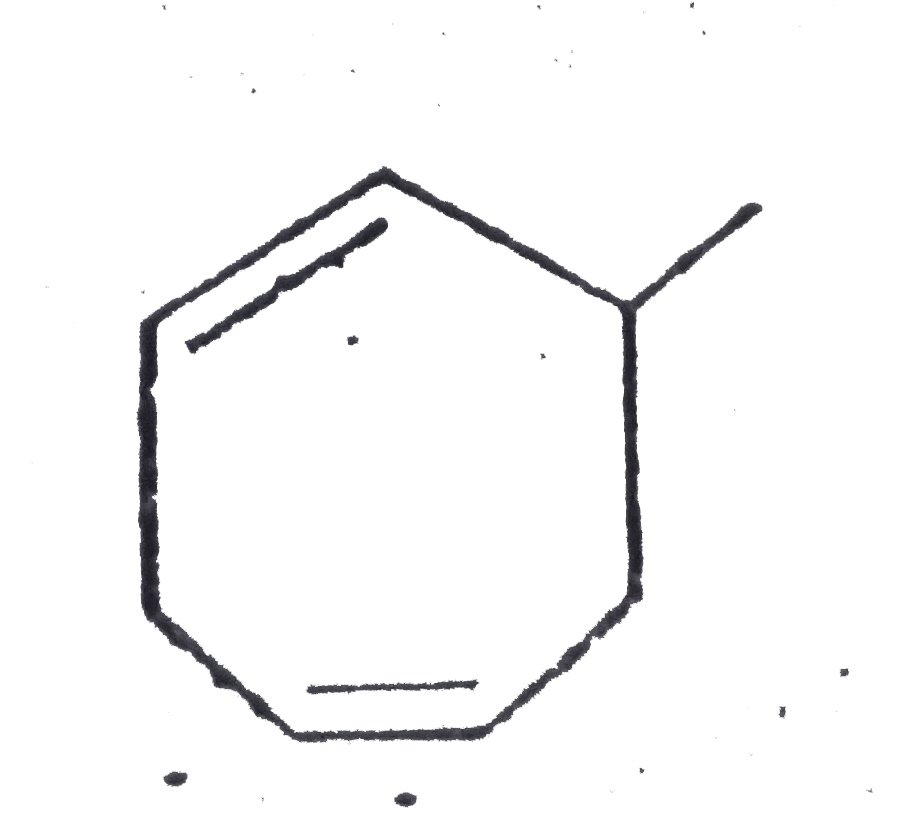
(b) 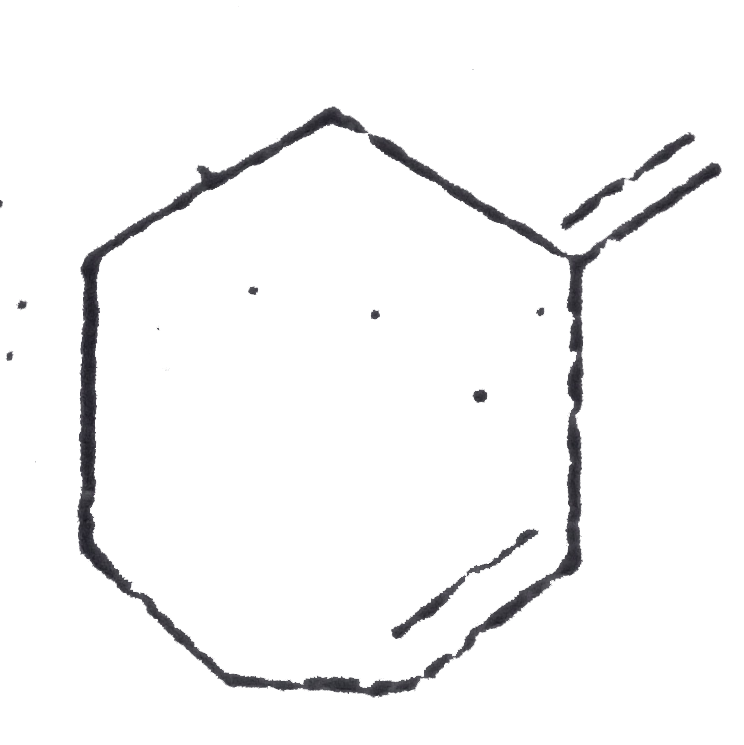
(c) 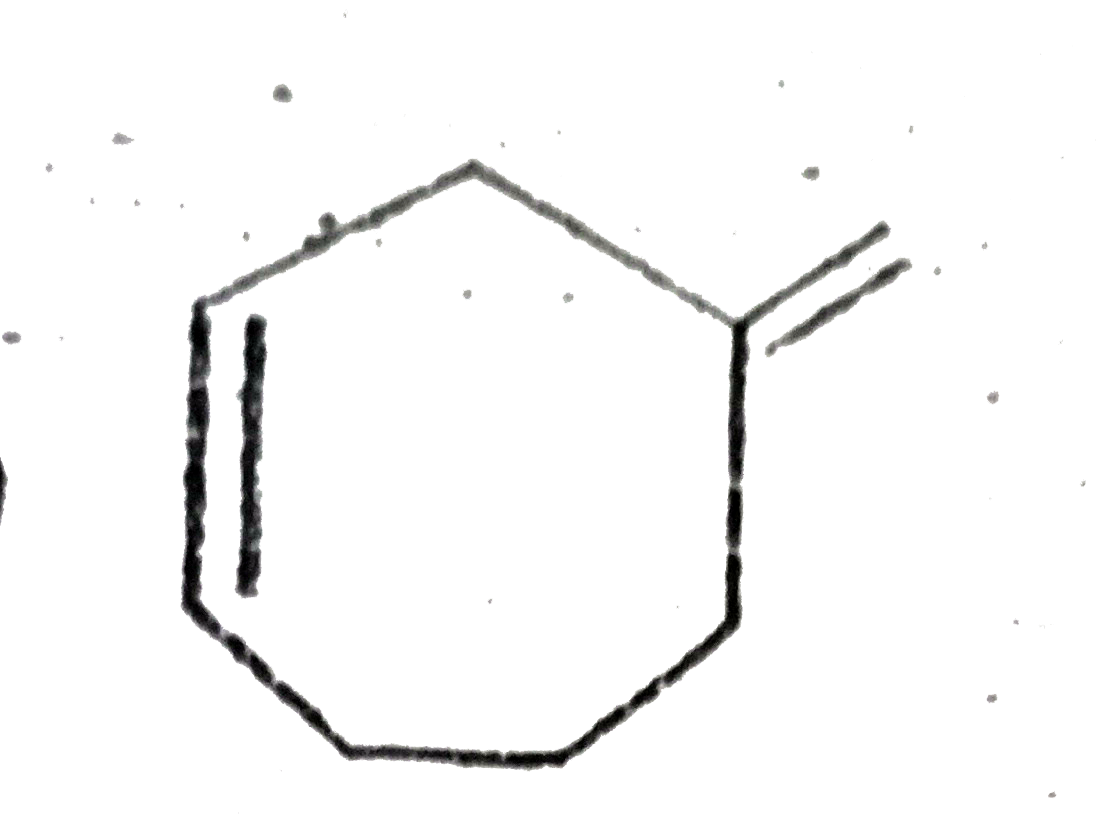
(d) 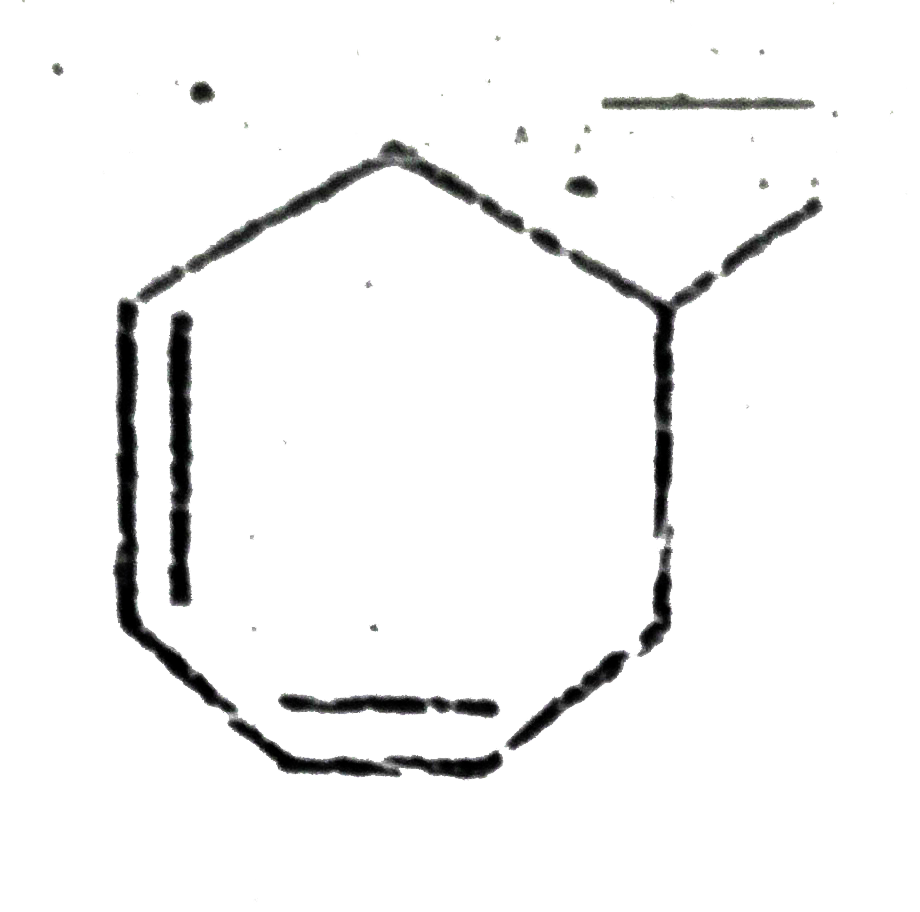
The correct Answer is:C
To determine which alkene has the highest heat of hydrogenation, we need to analyze the number of hyperconjugative structures available for each alkene based on the number of alpha-hydrogens (C-H bonds) present. The more hyperconjugative structures an alkene has, the more stable it is, and consequently, the higher the heat of hydrogenation.
1. Understanding Hyperconjugation:
- Hyperconjugation involves the interaction of σ electrons of C-H bonds with an adjacent π bond. The more C-H bonds (alpha-hydrogens) adjacent to the double bond, the more hyperconjugative structures can be formed.
2. Identify the Alkene Structures:
- Let's denote the alkenes as A, B, C, and D. We will analyze each alkene to count the number of C-H bonds that are alpha to the double bond.
3. Count Alpha-Hydrogens in Each Alkene:
- Alkene A:
- It has 5 C-H bonds (2 on one side of the double bond and 3 on the other side).
- Therefore, it can form 5 hyperconjugative structures.
- Alkene B:
- It has 4 C-H bonds (2 alpha-hydrogens on one side and 2 on the other side).
- Therefore, it can form 4 hyperconjugative structures.
- Alkene C:
- It has 6 C-H bonds (2 alpha-hydrogens on each side of the double bond).
- Therefore, it can form 6 hyperconjugative structures.
- Alkene D:
- It has 4 C-H bonds (2 alpha-hydrogens on each side of the double bond).
- Therefore, it can form 4 hyperconjugative structures.
4. Comparing the Number of Hyperconjugative Structures:
- Alkene A: 5 hyperconjugative structures
- Alkene B: 4 hyperconjugative structures
- Alkene C: 6 hyperconjugative structures
- Alkene D: 4 hyperconjugative structures
5. Conclusion:
- Alkene C has the highest number of hyperconjugative structures (6), which indicates it is the most stable alkene among the given options. Therefore, it will have the highest heat of hydrogenation.
Final Answer:
Alkene C has the highest heat of hydrogenation.
---
- Hyperconjugation involves the interaction of σ electrons of C-H bonds with an adjacent π bond. The more C-H bonds (alpha-hydrogens) adjacent to the double bond, the more hyperconjugative structures can be formed.
- Let's denote the alkenes as A, B, C, and D. We will analyze each alkene to count the number of C-H bonds that are alpha to the double bond.
- Alkene A:
- It has 5 C-H bonds (2 on one side of the double bond and 3 on the other side).
- Therefore, it can form 5 hyperconjugative structures.
- Alkene B:
- It has 4 C-H bonds (2 alpha-hydrogens on one side and 2 on the other side).
- Therefore, it can form 4 hyperconjugative structures.
- Alkene C:
- It has 6 C-H bonds (2 alpha-hydrogens on each side of the double bond).
- Therefore, it can form 6 hyperconjugative structures.
- Alkene D:
- It has 4 C-H bonds (2 alpha-hydrogens on each side of the double bond).
- Therefore, it can form 4 hyperconjugative structures.
- Alkene A: 5 hyperconjugative structures
- Alkene B: 4 hyperconjugative structures
- Alkene C: 6 hyperconjugative structures
- Alkene D: 4 hyperconjugative structures
- Alkene C has the highest number of hyperconjugative structures (6), which indicates it is the most stable alkene among the given options. Therefore, it will have the highest heat of hydrogenation.
Alkene C has the highest heat of hydrogenation.
Topper's Solved these Questions
- ORGANIC CHEMISTRY: SOME BASIC PRINCIPLE AND TECHNIQUESBOOK - AAKASH INSTITUTE ENGLISHCHAPTER - ORGANIC CHEMISTRY: SOME BASIC PRINCIPLE AND TECHNIQUESEXERCISE - SECTION-E ASSERTION-REASON TYPE QUESTIONS
14 Videos
- ORGANIC CHEMISTRY: SOME BASIC PRINCIPLE AND TECHNIQUESBOOK - AAKASH INSTITUTE ENGLISHCHAPTER - ORGANIC CHEMISTRY: SOME BASIC PRINCIPLE AND TECHNIQUESEXERCISE - SECTION-F MATRIX-MATCH TYPE QUESTIONS
4 Videos
- ORGANIC CHEMISTRY: SOME BASIC PRINCIPLE AND TECHNIQUESBOOK - AAKASH INSTITUTE ENGLISHCHAPTER - ORGANIC CHEMISTRY: SOME BASIC PRINCIPLE AND TECHNIQUESEXERCISE - SECTION-C OBJECTIVE TYPE QUESTION (MORE THAN ONE OPTIONS ARE CORRECT)
18 Videos
- ORGANIC CHEMISTRY : SOME BASIC PRINCIPLES AND TECHNIQUES BOOK - AAKASH INSTITUTE ENGLISHCHAPTER - ORGANIC CHEMISTRY : SOME BASIC PRINCIPLES AND TECHNIQUES EXERCISE - Assignment(Section-D)(Assertion - Reason Type Questions)
15 Videos
- POLYMERSBOOK - AAKASH INSTITUTE ENGLISHCHAPTER - POLYMERSEXERCISE - ASSIGNMENT (SECTION-D)
13 Videos
Similar Questions
Statement-1: In naphthalene all C-C bonds are equal
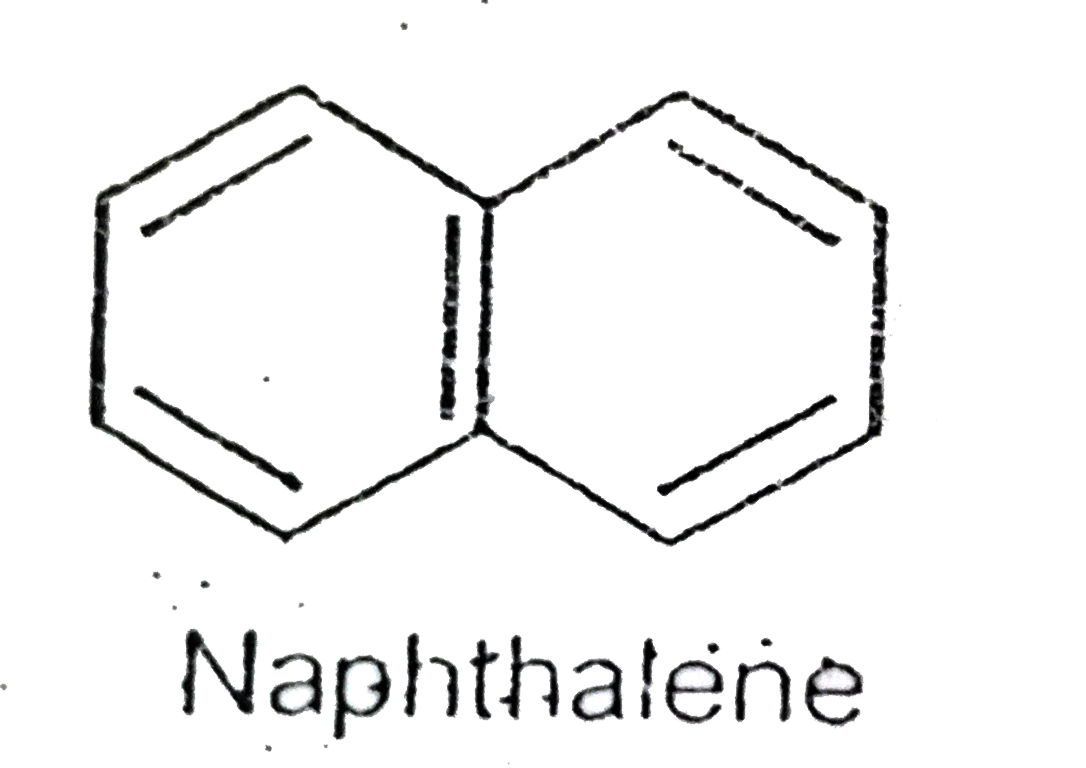
and
Statement-2: Like benzene naphthalene is also aromatic.
(a) Statement-1 is true, Statement-2 is true, Statement-2 is a correct explanation for Statement-1
(b) Statement-1 is true, Statement-2 is true, Statement-2 is not a correct explanation for Statement -1
(c) Statement -1 is true, Statement -2 is false
(d) Statement -1 is false, Statement -2 is true
View SolutionWhich of the following has minimum C-H bond length
View SolutionWhich of the following bicyclic compounds are isomers?
View SolutionA: CH3−CH−CH3 has 6. hyperconjugative hydrogens while CH3−CH−CH2−CH3 has 5 hyperconjugative hydrogens.
R: CH3−CH−CH3 is more stable than CH3−CH−CH2−CH3
View SolutionA: CH3CH=CH2 can undergo cationic polymeisation with greater ease than CH2=CH2.
R: CH3− groups has +I effect.
View SolutionAPPLICATIONS OF HYPERCONJUGATION-HEAT OF HYDROGENATION OF ALKENES
View SolutionHyperconjugation describes the orbital interactions between the π-system and the adjacent σ-bond of the substituent group(s) in organic compounds. Hyperconjugation is called as Baker and Nathan effect. The necessary and sufficient conditions for the hyperconjugation are:
(i) Compound should have at least one sp2-hybrid carbon of either alkene, carbocation or alkyl free radical.
(ii) α-carbon with respect to sp2 -hybrid carbon should have at least one hydrogen.
Hyperconjugation are of three types:
(i) σ(C−H),π-conjugation,
(ii) σ(C−H), positive charge conjugation,
(iii) σ(C−H), odd electron conjugation.
The hyperconjugation may be represented as,


Number of resonating structures due to hyperconjugation =(n+1), where n is the numebr of α-hydrogen. Greater is the number of such forms, more is the stability of the species under consideration.
Hyperconjugation is possible in which of the following species?
View SolutionHyperconjugation describes the orbital interactions between the pi -system and the adjacent sigma -bond of the substituent group(s) in organic compounds. Hyperconjugation is called as Baker and Nathan effect. The necessary and sufficient conditions for the hyperconjugation are: (i) Compound should have at least one sp^(2) -hybrid carbon of either alkene, carbocation or alkyl free radical. (ii) alpha -carbon with respect to sp^(2) -hybrid carbon should have at least one hydrogen. Hyperconjugation are of three types: (i) sigma(C-H),pi -conjugation, (ii) sigma(C-H), positive charge conjugation, (iii) sigma(C-H) , odd electron conjugation. The hyperconjugation may be represented as, Number of resonating structures due to hyperconjugation =(n+1) , where n is the numebr of alpha -hydrogen. Greater is the number of such forms, more is the stability of the species under consideration. Which of the following carbocations will show highest number of hyperconjugative forms?
View SolutionHyperconjugation describes the orbital interactions between the pi -system and the adjacent sigma -bond of the substituent group(s) in organic compounds. Hyperconjugation is called as Baker and Nathan effect. The necessary and sufficient conditions for the hyperconjugation are: (i) Compound should have at least one sp^(2) -hybrid carbon of either alkene, carbocation or alkyl free radical. (ii) alpha -carbon with respect to sp^(2) -hybrid carbon should have at least one hydrogen. Hyperconjugation are of three types: (i) sigma(C-H),pi -conjugation, (ii) sigma(C-H), positive charge conjugation, (iii) sigma(C-H) , odd electron conjugation. The hyperconjugation may be represented as, Number of resonating structures due to hyperconjugation =(n+1) , where n is the numebr of alpha -hydrogen. Greater is the number of such forms, more is the stability of the species under consideration. Which of the following free redicals will not show the phenomena of hyperconjugation?
View SolutionHyperconjugation describes the orbital interactions between the pi -system and the adjacent sigma -bond of the substituent group(s) in organic compounds. Hyperconjugation is called as Baker and Nathan effect. The necessary and sufficient conditions for the hyperconjugation are: (i) Compound should have at least one sp^(2) -hybrid carbon of either alkene, carbocation or alkyl free radical. (ii) alpha -carbon with respect to sp^(2) -hybrid carbon should have at least one hydrogen. Hyperconjugation are of three types: (i) sigma(C-H),pi -conjugation, (ii) sigma(C-H), positive charge conjugation, (iii) sigma(C-H) , odd electron conjugation. The hyperconjugation may be represented as, Number of resonating structures due to hyperconjugation =(n+1) , where n is the numebr of alpha -hydrogen. Greater is the number of such forms, more is the stability of the species under consideration. Which of the following alkenes will show maximum number of hyperconjugation forms?
View SolutionHyperconjugation describes the orbital interactions between the pi -system and the adjacent sigma -bond of the substituent group(s) in organic compounds. Hyperconjugation is called as Baker and Nathan effect. The necessary and sufficient conditions for the hyperconjugation are: (i) Compound should have at least one sp^(2) -hybrid carbon of either alkene, carbocation or alkyl free radical. (ii) alpha -carbon with respect to sp^(2) -hybrid carbon should have at least one hydrogen. Hyperconjugation are of three types: (i) sigma(C-H),pi -conjugation, (ii) sigma(C-H), positive charge conjugation, (iii) sigma(C-H) , odd electron conjugation. The hyperconjugation may be represented as, Number of resonating structures due to hyperconjugation =(n+1) , where n is the numebr of alpha -hydrogen. Greater is the number of such forms, more is the stability of the species under consideration. Stability of alkyl carbocations can be explained by
View SolutionHyperconjugation is defined as No bond resonance. The concept of hyperconjugation arose from the discovery of electron releasing pattern for alkyl groups. It involves σ electrons of C-H bond. Greater the number of C-H bond (α-hydrogen atom w.r.t. double bond) more will be hyperconjugative structures, more will be stability Heat of hydrogenation of alkene are affected by hyperconjugative effects.
Which of the following is incorrect hyperconjugative structure?
View SolutionHyperconjugation is defined as No bond resonance. The concept of hyperconjugation arose from the discovery of electron releasing pattern for alkyl groups. It involves sigma electrons of C-H bond. Greater the number of C-H bond ( alpha -hydrogen atom w.r.t. double bond) more will be hyperconjugative structures, more will be stability Heat of hydrogenation of alkene are affected by hyperconjugative effects. Which of the following has highest heat of hydrogenation?
View SolutionHyperconjugation effect is also termed as 'no bond resonance'. Why?
View SolutionThe delocalisation of σ electrons with P-orbital is known as Hyperconjugation. It is also known as σ−π conjugation 'or' No bond resonance. Presence of atleast one 'α' hydrogen at saturated carbon in an alkene, carbocation and free radical involves hyper conjucation. More is the no. of hyper conjugative structures more stable is the alkene. Bond lengths, dipolemoments are also effected by hyperconjugation.
Which of the following molecule has longest C = C bond length
View Solution(i) The stability is explain by resonance effect and hyperconjugation. (ii) The resonance structure are drawn in resonance and hyperconjugation. (iii) Hyperconjugation is a bondless resonance. (iv) In resonance structure, there is movement of electron pair of only pi bond
View Solution
